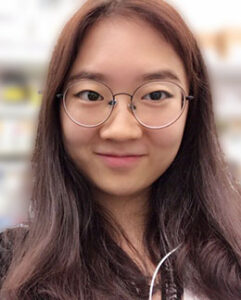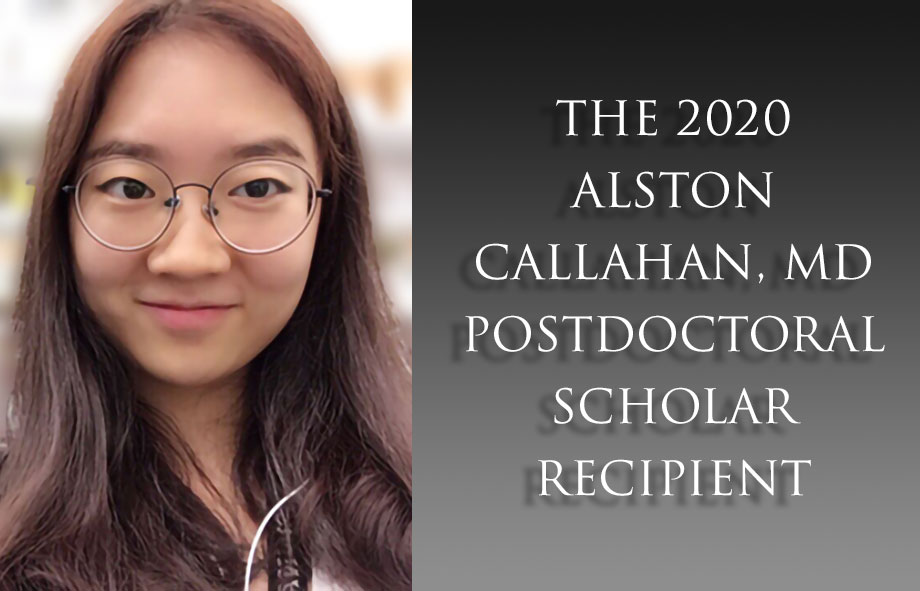
Stanford University
Department of Ophthalmology
Palo Alto, California
PROJECT TITLE: Cilia regulation of RPE repair in AMD
Dr. Ning joined Dr. Yang Sun’s Lab as a visiting student scholar in the Department of Ophthalmology, Stanford University, where she pursues her research interests, including cilia-mediated signaling in retinal degeneration and other retinal diseases. She has designed and conducted several projects regarding primary cilia signaling pathways in the retina and has discovered novel ciliated cell types in the retina by describing localization and expression of primary cilia on retinal pigment epithelium (RPE) and neurosensory retina in different species. These findings have been presented at international conferences and currently a manuscript is under review. She has also discovered disorganized cilia and abnormal inositol enzyme levels in renal tissue sections of Senior-Loken syndrome patients. During her postdoctoral training, Dr. Ning will continue to build on previous training in primary cilia signaling in eye diseases that will allow her to address additional questions regarding the disease development.
Veronica came from a background in medicine from the Xiamen University and completed her internship in 2017 at Zhongshan Hospital Affiliated to Xiamen University. Her long-term goal is to become a clinician-scientist to develop novel treatments for visual diseases and feels her medical training and research experience have provided an excellent background in multiple biological disciplines including molecular biology, biochemistry, morphogenesis and animal experience.
Ning states there is a critical need to understand the mechanisms underlying RPE repair in response to injury. During her tenure as the IRRF Callahan Scholar, Dr. Ning will concentrate her efforts to the hypothesis that primary cilia are critical for RPE repair and loss of cilia underlies AMD (age-related macular degeneration) pathogenesis. According to Ning, ‘If my hypothesis is correct, I would expect to see that the loss of CEP164 (a centrosomal protein, which deleted would fail to assemble primary cilia) will result in a defective response to the NaIO3-injury model. (Dr. Ning’s preliminary data using sodium iodate (NaIO3) injection in a pre-clinical model of RPE dystrophy and geographic atrophy, show features of dry AMD.)
While at Stanford, Dr. Ning will be mentored by Dr. Yang Sun, an Associate Professor of Ophthalmology at Stanford University School of Medicine.
